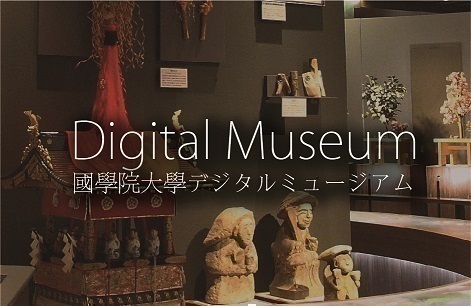- トップ
- Encyclopedia of Shinto
- Shubatsu
Encyclopedia of Shinto
| Main Menu: | |
| Links: |
詳細表示 (Complete Article)
| カテゴリー1: | 5. Rites and Festivals |
|---|---|
| カテゴリー2: | Shrine Rituals |
| Title | Shubatsu |
| Text | To undergo purification. Shubatsu is a ceremony conducted immediately prior to rituals in order to purify participants, food offerings, and tamagushi of sins and defilement. Although some shrines still follow ancient practices when conducting the ceremony, the majority follow the procedure set out in the Protocol for Shrine Rites and Rituals (Jinja saishiki gyōji sahō) of the Association of Shinto Shrines. A purification area (haraedo) is constructed with bamboo and shimenawain a place outside the ritual space. In front of this area, "the Purification Master (haraenushi) takes out the purification incantation from the breast of his garment and, holding it with his shaku, advances to the offertory table (an), recites the incantation (as set forth in the Protocol for occasions when norito are offered to the gods)and then returns to his original position. Then the priest in charge of the purification wand (ōnusa) comes before the an, takes the ōnusa and purifies those gathered in front of him. Then he replaces the wand and returns to his place. Next, another priest proceeds to the an and purifies those in front of him with warm salt water. When finished, he places the water back on the table and returns to his seat." Thus, the constituent elements of shubatsu are the recitation of the incantation and the purification performed by the ōnusa and the salt water. As stated in the incantation, purification originated with Izanagi, who purified himself after leaving Yomotsukuni (land of the dead) by removing his clothing and bathing in the sea (misogi) at a place called Tsukushi no Himuka no Tachibana no Komon no Awagihara. The use of the ōnusa and salt water for purification symbolizes the association with Izanagi's gestures of removing his clothes and bathing in the sea. Before the ritual became regulated after the Meiji Restoration, purification was conducted using a variety of methods. Examples include seclusion within a shrine (sanrō), use of a separate fire for cooking (bekka), bathing in a river or the sea (misogi), and rinsing the hands and mouth with water (temizu). Implements used for these rites, including small wands of paper streamers (kirinusa), paper dolls (hitogata), and rice (sanmai) still continue to be featured in a number of rites. — Mogi Sadasumi |




